10 Quick Ways to Speed Up a Slow Mac
Macs can perform slowly, too. If your Mac seems to be running slower than it should, the variety of tips here should help you identify and fix the problem. As with a Windows PC, there are many reasons a Mac might be slow.
Stay away from programs that promise to “optimize” your Mac and make it run faster. Some “cleaning” programs — like the Mac version of CCleaner — can remove temporary files and free up space, but they won’t make your Mac perform faster.
Clean Up Your Mac Easily with CleanMyMac 3
The first step to a faster Mac is a cleaner Mac.
You can’t solve all of your speed problems just by running some magic utility, but cleaning up your hard drive is a good place to start — and there’s no better tool for the job than CleanMyMac 3 to get rid of all the junk on your small Mac hard drive.
But it doesn’t stop there — CleanMyMac 3 can also be used to clean up your startup items list, remove system plugins, clean up after uninstalled applications, and more. It’s the utility that should have been built into OS X in the first place.
Find Resource-Hungry Processes
Use the Activity Monitor — sort of like the Task Manager on Windows — to view your running processes and find ones devouring too many resources. To launch it, press Command+Space to open Spotlight search, type Activity Monitor, and press Enter.
Click the “% CPU” heading to sort by CPU usage and see the running applications and processes using the most CPU. In some cases, there may be a single runaway application using 99% CPU that you’ll want to end. To force-quit a process, select it by clicking it and click the X button on the toolbar. Be sure you aren’t quitting a process that’s doing something important. You can always try to close a resource-hungry app in the normal way first.
If this isn’t working, click the “View” menu and select “All Processes” to see all the processes running on your Mac. You can also click over to the Memory section — a process using a large amount of memory could cause your Mac to slow down. Try the “Disk” section, too — a process using the disk heavily could also be causing your Mac to slow down.
Close Applications
Mac OS X likes to leave applications running in the dock. Even clicking the red “X” button on an application window won’t close it — it’ll remain running in the background. In most cases, this isn’t a big problem. However, if your Mac appears to be running slowly, you may wnt to close some of these applications.
Look for the applications marked with a dot on your dock, right-click or Ctrl-click their icons, and select “Quit.”
Prune Startup Programs
If your Mac is slow after you log in, it may have too many startup programs.
To manage startup programs, open the System Preferences window by clicking the Apple menu icon and selecting “System Preferences.” Click the “Users & groups” icon, select your current user account, and click “Login Items.” Uncheck any applications you don’t want starting when you log in.
If you ever want to make a program automatically start when you log into your Mac, drag-and-drop it into this list or click the “+” button at the bottom of the list and add it.
Clean Up Launch Agents
One of the hidden features in CleanMyMac 3 is that it can clean up Launch Agents, which are tiny helper applications that run secretly in the background and start other software automatically without you knowing. If you constantly have tons of stuff running that you don’t remember starting, you might have a Launch Agent problem.
Just download and run CleanMyMac 3, and then head into Extensions -> Launch agents to clean up the junk.
Reduce Transparency and Animations
Transparency and animations can tax the graphics hardware on older Macs. Reducing them can help speed things up — it’s worth a shot.
To do this, open the System Preferences window. Click the “Accessibility” icon and check the “Reduce transparency” option to reduce transparencies. On OS X Yosemite, this option can significantly speed up some older Macs.
You might also want to click the “Dock” preferences icon and select “Scale effect” rather than “Genie effect,” which could speed up the window-minimizing animation a bit.
Lighten Your Web Browser
Your web browser might just be the application causing your problem. The usual tips apply on a Mac, too — especially considering Google Chrome’s performance is particularly bad on Mac OS X.
Try to minimize the number of browser extensions you use and have fewer tabs open at once to save memory and CPU resources.
You might also want to try the Safari browser included with Mac OS X, which does seem to perform better than Chrome — especially when it comes to battery power. If you can get away with using Safari and aren’t depending on a feature or extension in Chrome, for example, you might want to give it a serious try.
Disable FileVault Disk Encryption
FileVault disk encryption is enabled by default on Mac OS X Yosemite. This helps secure your Mac’s files if it’s ever stolen, preventing unauthorized access to them. It also prevents people from changing the password on your Mac and signing in without your permission.
On some Macs, this may cause the Mac to be very slow to boot or sign in. If this is the case, you can head to the System Preferences window, click the “Security & Privacy” icon, click the “FileVault” heading, and turn FileVault disk encryption off.
We recommend leaving FileVault enabled unless your Mac takes a very long time to boot or sign in.
Speed Up the Finder
When you open the Finder window to view your files, it opens to an “All My Files” view by default. If you have a very large number of files on your Mac, this view might be slow to load, slowing FInder down every time you open a new Finder window.
You can prevent this from happening by clicking the “Finder” menu and selecting “Preferences” in Finder. Select your preferred folder under “New Finder Windows Show” — for example, you can have all Finder windows automatically open to your Downloads folder. Finder won’t load the All My Files view anymore.
Free Up Disk Space
As on any computer, freeing up disk space can also speed things up if you have a very small amount of disk space. To check, click the Apple menu, select “About This Mac,” and look under the “Storage” heading.
If there isn’t a decent chunk of free space, you’ll want to free up space on your Mac’s internal storage.
Reset Your SMC to Fix All Sorts of Problems
This useful tip that can fix a wide variety of system problems on a Mac, although many people — especially experienced Windows users — wouldn’t think to try this. Resetting the System Management Controller — or SMC — can fix everything from slow performance to startup issues and Wi-Fi hardware problems. This won’t actually erase any data — it’s like performing a lower-level reboot of your Mac.
Follow the instructions in this article to reset your Mac’s SMC.
Reinstall Mac OS X
When all else fails, try reinstalling your operating system. This is a good tip every device — it’s even a good idea if you’re having a problem on an iPhone or iPad.
Assuming you have backups of your important stuff, you can reinstall Mac OS X on your Mac. This is much simpler than reinstalling Windows — you don’t have to download any installation media. You can just boot into a special recovery mode, start the installation, and your Mac will download everything it needs from Apple. But you will definitely want backups of your important files before you begin!
If you have a Mac with a mechanical hard drive, you might want to try upgrading it to a solid-state drive. That’s always a surefire way to speed up any computer.
Labels:
Tech News




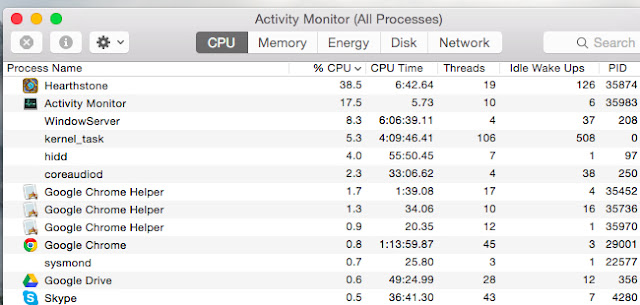


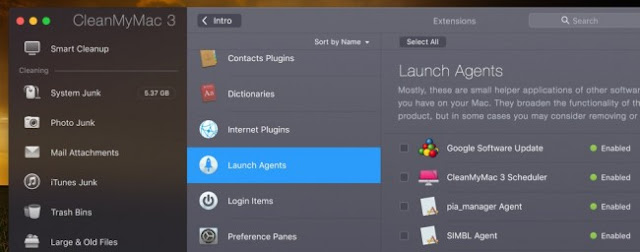
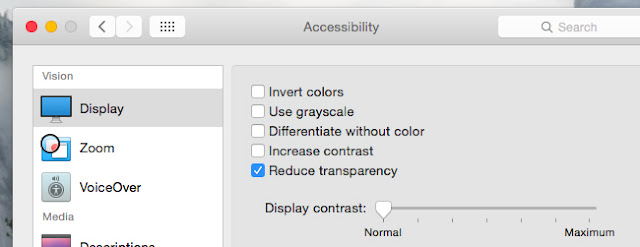
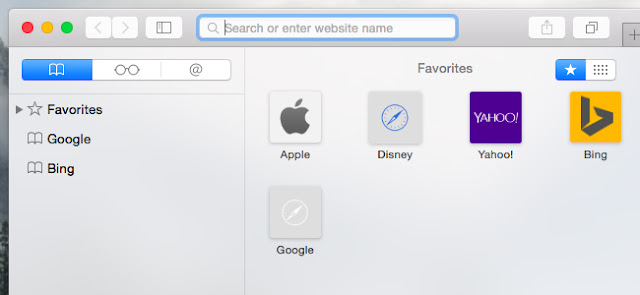
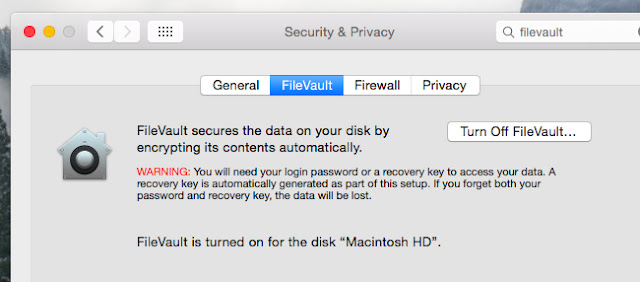
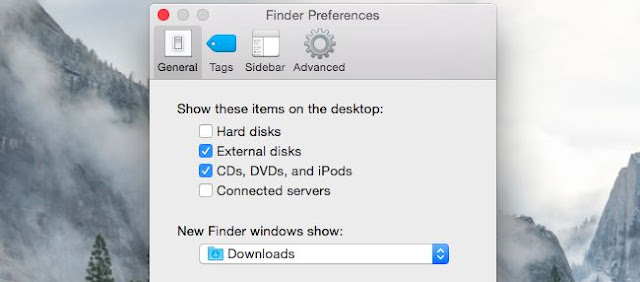


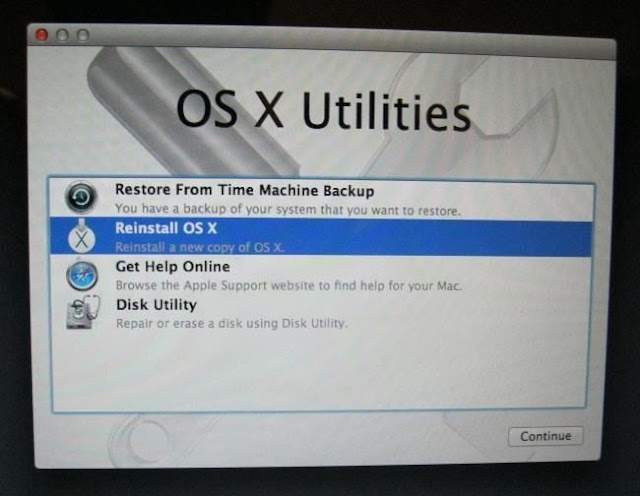




No comments:
Post a Comment